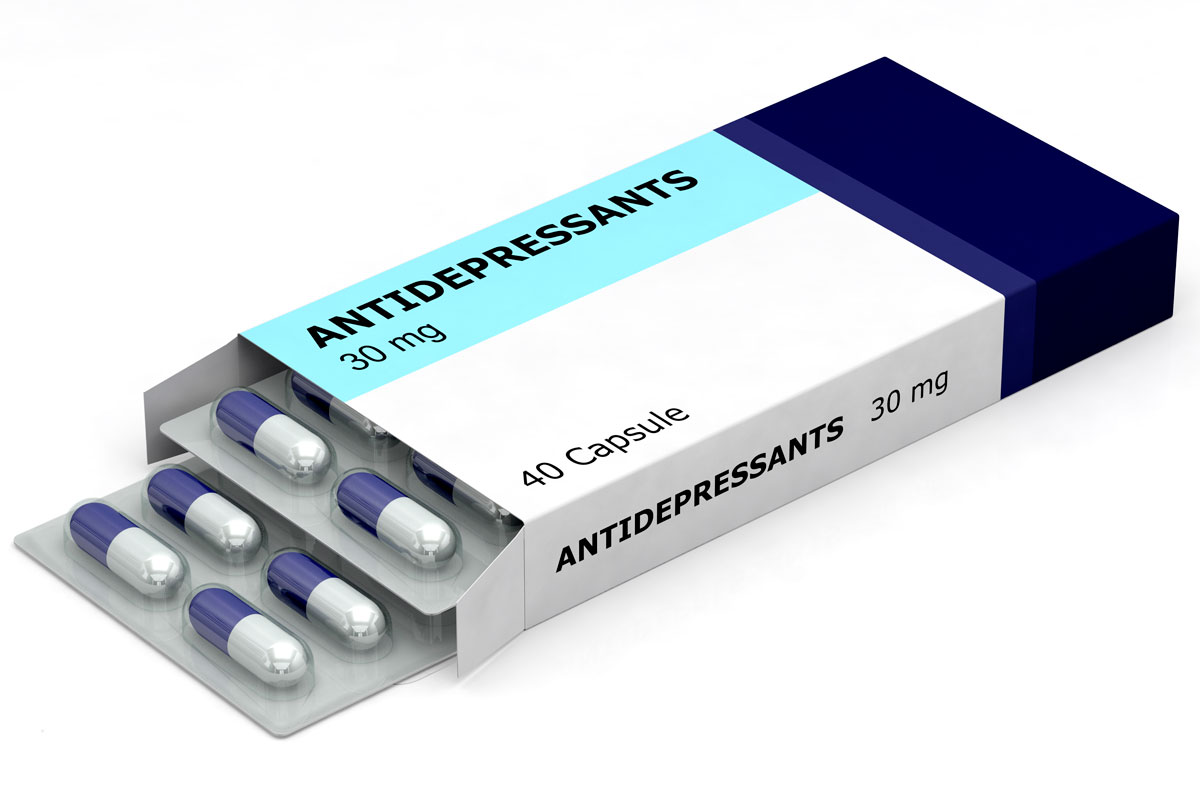The rush for Joint Commission International (JCI) accreditation and certification has spread across Asia – from Turkey and Jordan to China and Singapore, and of course to Malaysia too.
In the wake of this rush by many hospitals which are on their way to acquire what is known as a “Gold seal of Quality”, an international accreditation award given to healthcare establishments internationally if they meet or exceed JCI standards by JCI based in the United States, I think it is imperative that Health Information Management (HIM) / Medical Records (MR) practitioners working in such hospitals must examine how JCI accreditation and certification affects them and what they must do to thrive under it.
In this post and in subsequent posts, read about the aspects of JCI accreditation and certification that directly affect medical information and surgical information that require documentation in medical records, and to learn about the role of care providers play for what portions of both medical and surgical information that must be recorded in the medical record (what they say) from what they do to improve quality of patient care and reduce costs in this quality system of accreditation and certification.
Allow me to lead you along the path of another new post after this one, to aspects of this quality system of accreditation and certification from JCI that directly affect medical information that require documentation in medical records.
But before that, some rules to identify the standards and the requirements found in the Joint Commission International Accreditation Standards For Hospitals 4th Edition relevant to medical information and surgical information, that require documentation in a medical record which form the greater part of what is called “the contents of a medical record”.
Familiarity with the Joint Commission International Accreditation Standards For Hospitals 4th Edition indicates that JCI has standards which explicitly state what is to be documented in a medical record and also has standards which implicitly hints what is to be documented in a medical record.
Standards which explicitly state in the standard statement and / or in a corresponding Measurable Elements (ME) of each standard what is to be documented in a medical record contain statement(s) and /or phrases like :
- Standard AOP.1.3 statement which states “The patient’s medical and nursing needs are identified from the initial assessments and recorded in the clinical record.”
- Standard ASC.5.2 statement which states “The anesthesia used and anesthetic technique are written in the patient record.”
- “documented in the patient’s clinical record”
- “entered into the patient’s clinical record”
- “recorded in the patient’s record”
- “written in the patient’s record”
For example, Standard AOP.1.3 states “The patient’s medical and nursing needs are identified from the initial assessments and recorded in the clinical record.”, and has two MEs that explicitly state what is to be documented in a medical record, namely ME3 and ME 4 which state “The identified medical needs of the patient are documented in the patient’s clinical record.” and “The identified nursing needs of the patient are documented in the patient’s clinical record.”, respectively.
Standards which implicitly hint to what is to be documented in a medical record have words or phrases or complete statements which hint of documentation of what is to be included in a medical record like :
- “The clinical records of inpatients contain a copy of the discharge summary.”, which is the Standard ACC.3.2 statement
- “The initial assessment(s) results in an initial diagnosis” which is the ME 4 for the Standard AOP.1; an initial diagnosis is obviously a medical information by a doctor
- “Patient records contain a list of current medications taken prior to admission, and this information is made available to the pharmacy and the patient’s health care practitioners.” which is the ME 5 for the Standard MMU.4
For example, the Standard ACC.3.2 states “The clinical records of inpatients contain a copy of the discharge summary.” and its corresponding ME 3 states “A copy of the discharge summary is placed in the patient record.”
Standards which explicitly state what is to be documented in a medical record and standards which implicitly hint what is to be documented in a medical record, make up the “requirements” to form the greater part of the contents of a medical record. To make it clearer, I mean to say “requirements” refers to what goes into a medical record.

Image credit : http://www.ppt-learning.com/
I guess I have made the rules clear for an understanding of my next post on medical information that warrants documentation in a medical record.
References :
Joint Commission International 2010, Joint Commission International Accreditation Standards For Hospitals, 4th edn, JCI, USA






























